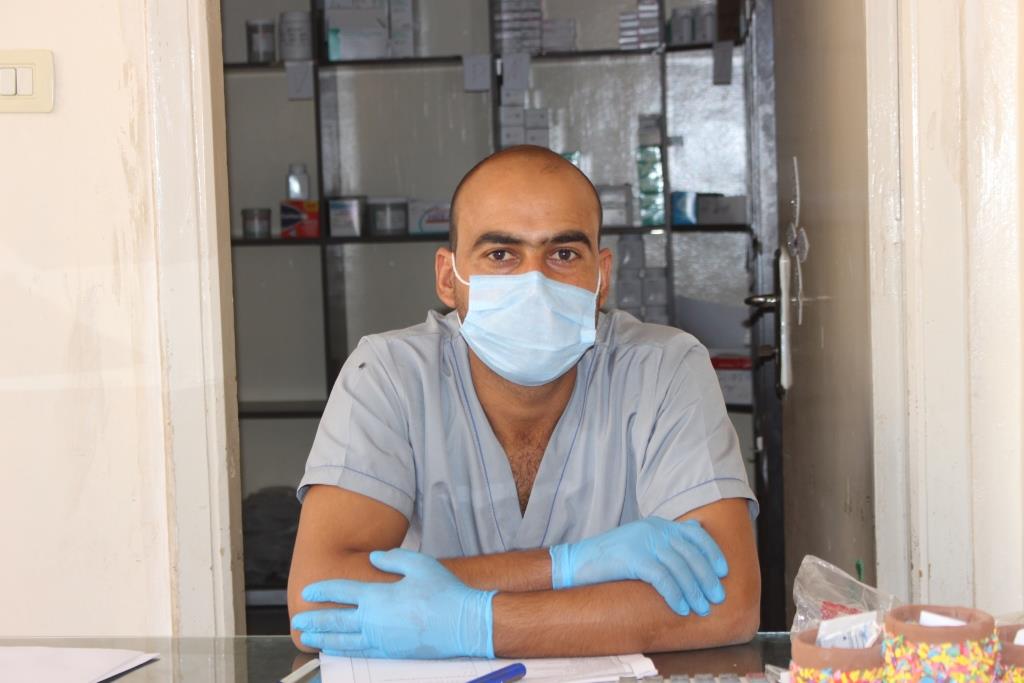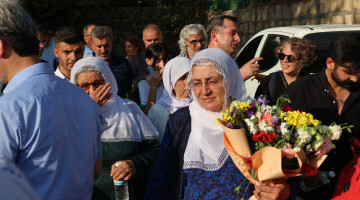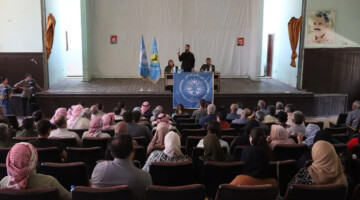Does the infectious disease leishmaniasis once again pose a threat to the autonomous region of northern and eastern Syria? Doctors in the town of Til Temis in the canton of Qamishlo are currently asking themselves this question. There, 332 cases of leishmaniasis have been registered since September.
Leishmaniasis is a parasitic infection transmitted by the bite of infected female butterfly mosquitoes (also called sandflies). The disease occurs worldwide in warm climates, including the Mediterranean region.
In Syria, the cutaneous variant has always been known and causes a skin disease colloquially known as Aleppo bump, named after the region of the same name in the north of the country. The parasite eats away the skin, leaving ulcer-like tissue in its place. If leishmaniasis is left untreated, the disease leaves ugly scars. This can lead to stigmatization and cause depression and anxiety disorders in others. Children and women would suffer most from this.
"The last leishmaniasis infection we had in Til Hemis was more than two years ago," says doctor Ali Hussein al-Ubayd. A large-scale vaccination campaign between 2017 and 2018 was able to prevent the infection from spreading at that time. It is currently unclear how the reoccurrence of the infection could have happened. "In any case, we advise the population to fight the pathogens by using insecticides," Al-Ubayd says.

RELATED NEWS:















